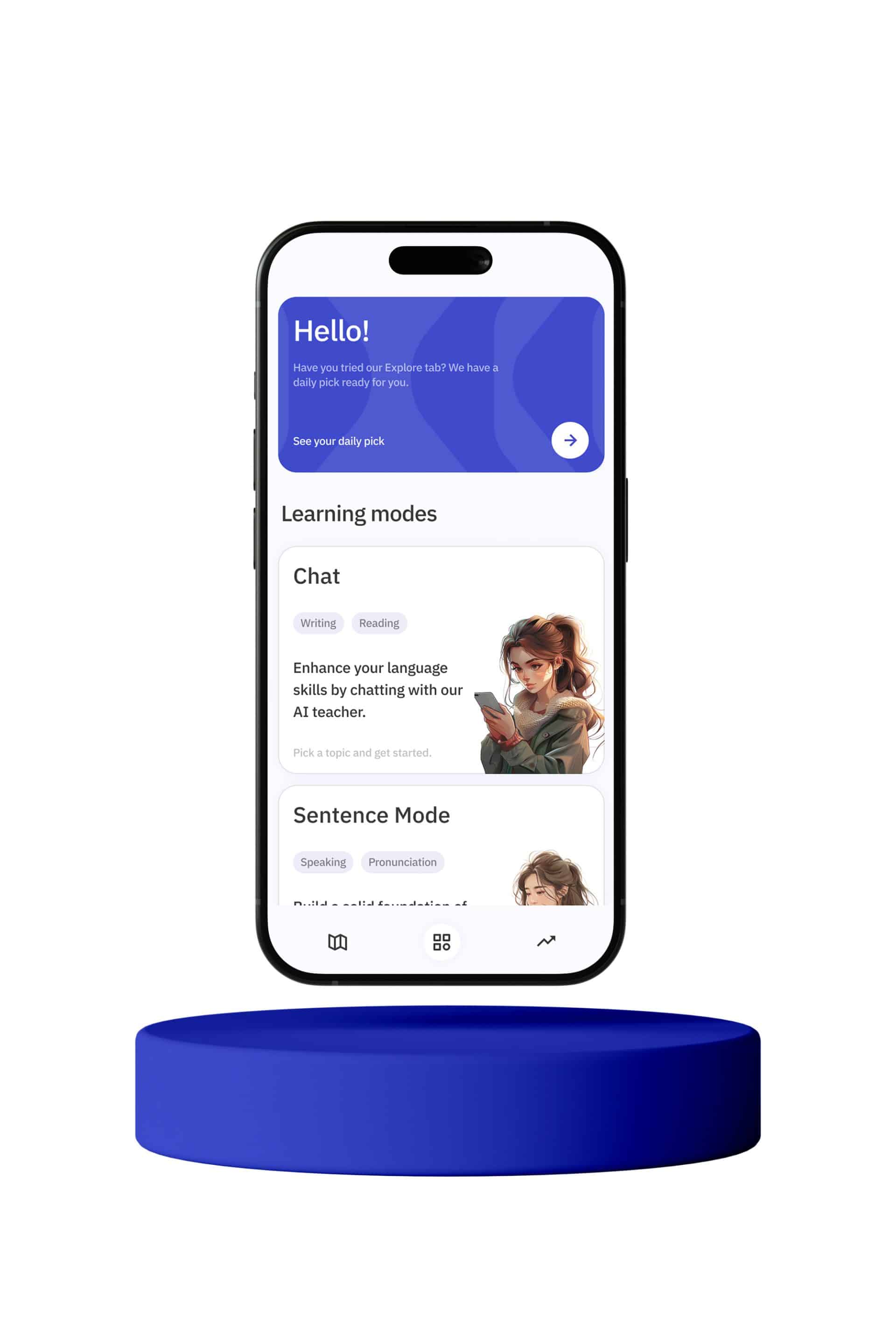Learning a new language is a fascinating journey, and German is no exception. As English speakers delve into the intricacies of German, they encounter various challenges, especially with verbs that seem similar but have distinct meanings. Two such verbs are anziehen and tragen. Both relate to clothing, but they serve different purposes in the language. Understanding these differences is crucial for anyone looking to master German.
Anziehen is a verb that means “to put on” or “to dress.” It’s used when someone is in the process of putting clothes on their body. For example, if you are getting dressed in the morning, you would use anziehen. On the other hand, tragen means “to wear” or “to carry.” This verb is used to describe the state of having clothes on your body. It’s the difference between the action of putting clothes on and the state of wearing them.
Let’s delve deeper into these verbs to understand their nuances and proper usage.
### Anziehen – The Act of Putting on Clothes
The verb anziehen is a separable prefix verb in German. This means that the prefix an can be separated from the base verb ziehen in certain tenses and constructions. For example, in the present tense, you might say, “Ich ziehe meine Jacke an,” which translates to “I am putting on my jacket.”
Here are a few key points about anziehen:
– It’s used when you are in the process of putting on clothes.
– It’s a separable verb, so the prefix an can be separated in the sentence.
– It can be used with various pieces of clothing, such as shirts, pants, shoes, etc.
Examples:
1. “Er zieht seine Schuhe an.” – “He is putting on his shoes.”
2. “Wir ziehen uns für die Party an.” – “We are getting dressed for the party.”
3. “Ich ziehe meinen Mantel an.” – “I am putting on my coat.”
### Tragen – The State of Wearing Clothes
The verb tragen means “to wear” in the context of clothing. It describes the state of having clothes on your body rather than the action of putting them on. For example, if you are already dressed and wearing a jacket, you would use tragen. In addition, tragen can also mean “to carry,” but in this context, we are focusing on its usage related to clothing.
Here are some important points about tragen:
– It’s used to describe the state of wearing clothes.
– It’s not a separable verb, so its form remains consistent in sentences.
– It can describe various items of clothing and accessories.
Examples:
1. “Sie trägt ein rotes Kleid.” – “She is wearing a red dress.”
2. “Ich trage heute meinen neuen Anzug.” – “I am wearing my new suit today.”
3. “Er trägt eine Brille.” – “He is wearing glasses.”
### Key Differences between Anziehen and Tragen
Understanding the differences between anziehen and tragen is essential for proper communication in German. Here’s a summary of the key distinctions:
1. **Action vs. State**:
– Anziehen refers to the action of putting on clothes.
– Tragen refers to the state of wearing clothes.
2. **Verb Type**:
– Anziehen is a separable prefix verb.
– Tragen is not a separable verb.
3. **Usage in Sentences**:
– Anziehen: “Ich ziehe meinen Hut an.”
– Tragen: “Ich trage einen Hut.”
### Practical Tips for Using Anziehen and Tragen
To effectively use these verbs in conversation and writing, here are some practical tips:
1. **Practice with Daily Routines**:
– Think about your daily routine and practice using anziehen and tragen in sentences. For example, “Jeden Morgen ziehe ich meine Kleidung an und trage sie den ganzen Tag.”
2. **Visualize the Actions**:
– Visualize the action of putting on clothes versus the state of wearing them. This will help reinforce the correct usage of each verb.
3. **Use Flashcards**:
– Create flashcards with sentences using anziehen and tragen. On one side, write the sentence in English, and on the other side, write the sentence in German. Practice regularly to build muscle memory.
4. **Watch German Media**:
– Watch German TV shows, movies, or YouTube videos where characters talk about clothing. Pay attention to how they use anziehen and tragen in different contexts.
5. **Engage in Conversations**:
– Practice speaking with native German speakers or fellow learners. Use anziehen and tragen in your conversations to gain confidence and receive feedback.
### Common Mistakes to Avoid
When learning these verbs, it’s important to be aware of common mistakes to avoid. Here are a few:
1. **Mixing Up the Verbs**:
– Don’t confuse the action of putting on clothes (anziehen) with the state of wearing them (tragen). Remember the key difference: action versus state.
2. **Forgetting the Separation**:
– When using anziehen, don’t forget to separate the prefix an in the present tense. For example, “Ich ziehe meine Jacke an,” not “Ich anziehe meine Jacke.”
3. **Overusing One Verb**:
– Avoid overusing one verb for both actions. Practice using both verbs in the correct contexts to develop a balanced understanding.
### Conclusion
Mastering the verbs anziehen and tragen is a significant step in your journey to becoming proficient in German. By understanding the differences between putting on clothes and wearing them, you’ll be able to communicate more accurately and naturally. Remember, anziehen is for the action of dressing, while tragen is for the state of being dressed. With practice and exposure, these verbs will become a natural part of your German vocabulary, enhancing your overall language skills. Happy learning!








